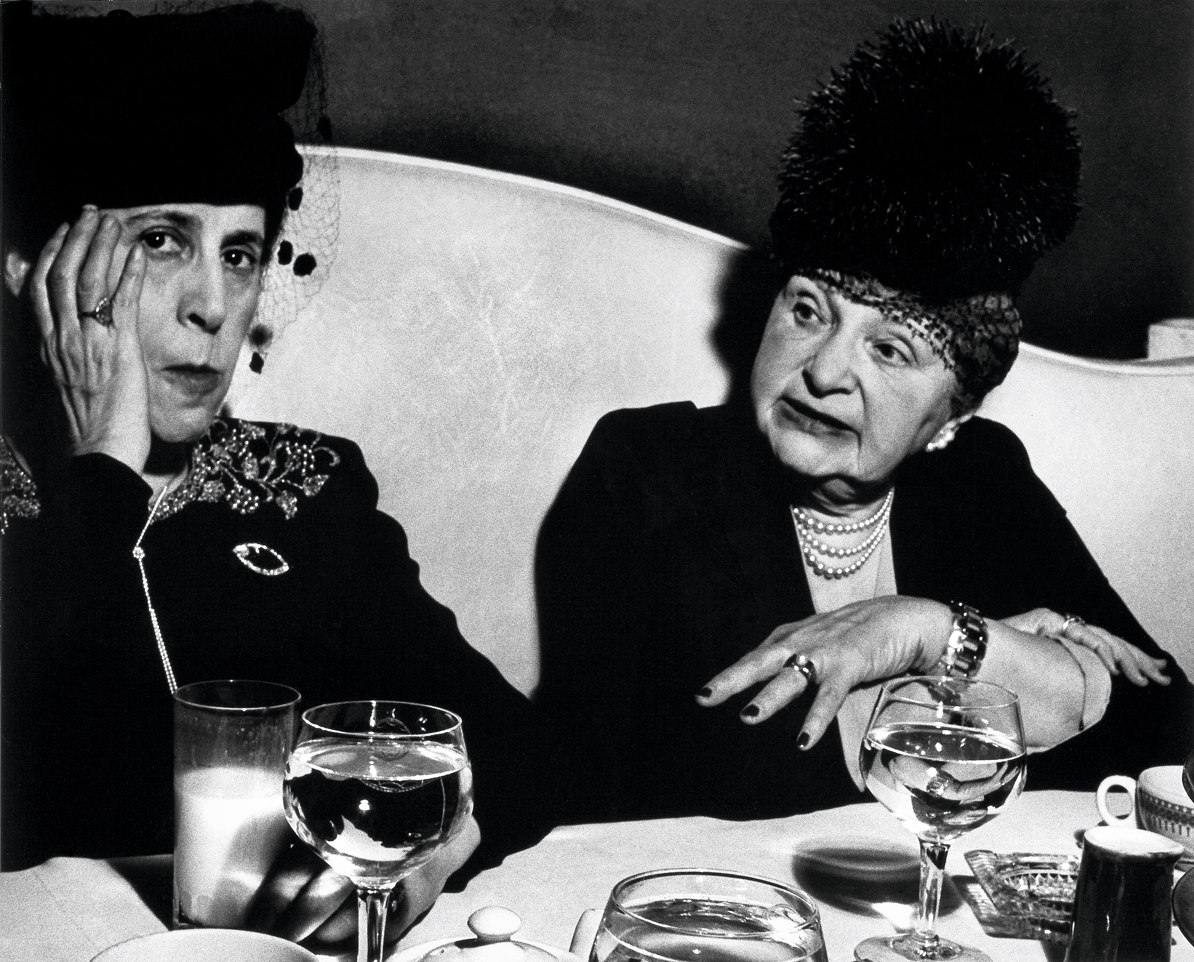Lisette Model
SEP.23.2009 ──────── JAN.10.2010

Nick’s, New York, c. 1940
National Gallery of Canada, Ottawa
Donation from the Estate of Lisette Model, 1990, under the stewardship of Joseph G. Blum, New York, through the American Friends of Canada
© The Lisette Model Foundation Inc. (1983) Used by permission
The Exhibition
Model belonged to that group of artists who, fleeing the war and the situation in Europe, arrived in New York at the end of the 1930s to find refuge and inspiration. The city fascinated her, and also became her protagonist, study object and test laboratory. Indeed, Weegee, Helen Levitt and Model herself were described as “the New York photographers”.
“Shoot from the gut”. This was one of the most famous phrases uttered by the photographer, who in addition to her facet as an artist also worked tirelessly as a teacher, passing on her radical influence to a whole generation of photographers which includes such great names as Diane Arbus and Larry Fink.
Model started a photograph by looking closely, seeing what others could not see, and completed the process in the laboratory, cutting the negatives to make them reflect the intensity that she had discerned in the subject. Her photographic process set her apart from the rest. Her images are imbued with a certain irony or compassion; they are close-ups that allow us to enter the private realm of the subject, street scenes that are imbued with the intimacy of a bedroom.
If there was one thing that characterized Model’s photography, it was intimacy and a lack of pretension. Throughout her life she was an exceptionally private person, and indeed reinvented herself. With more than enough baggage to call upon (born in Vienna, married to the Russian-born painter Evsa Model, having fled from Europe to escape the Nazi threat, hailing from a rich bourgeois family yet needing to work all her life to survive…), the most important thing for Model was taking photographs; everything else was secondary. She started taking photographs by chance and from need.
That chance marked her life (previously she specialized in singing and painting) and the need would not disappear until a few years before her death, when as an acclaimed photographer she could forget the economic hardship that haunted her for most of her life.
This exhibition was made possible thanks to collaboration between Fundación MAPFRE and the Jeu de Paume in Paris. The National Gallery of Canada (the home of Lisette Model’s collection and archive) and the galleries of Baudoin Lebon in Paris and Keitelman Gallery in Brussels, as well as Fundación MAPFRE itself, loaned the works that made it possible for Madrid to host this extensive solo exhibition of the photographer, who had not had an exhibition of this type devoted to her since 1998.




